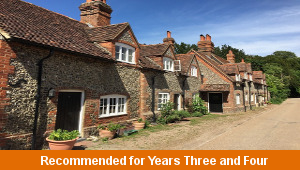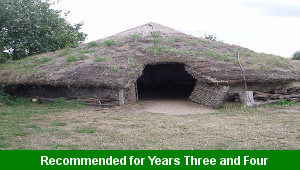Lesson Three – Character Viewpoints

This English teaching pack for Key Stage Two gets the children to select and compose a selection of paragraphs to match the content of a detective story written from the viewpoint of one of the characters.
The class can explain and model how to use conjunctions to link extra parts to the main clauses in sentences describing characters, settings and events in a detective story.
Download this teaching pack including a lesson plan, classroom activities and an interactive presentation to select and compose a selection of paragraphs to match the content of a detective story written from the viewpoint of one of the characters
Activities in this teaching pack include a template to compose a selection of paragraphs to match the content of a story written from the viewpoint of one of the characters and a vocabulary word bank to select and use conjunctions to link sentence clauses to about what happened in a detective story written as one of the characters.
The interactive presentation gets the children to explore how to compose a selection of paragraphs to match the content of a story written from the viewpoint of one of the characters.
This lesson is part of an English scheme of work to get the children to investigate common narrative features and styles of mystery and thriller writing, learn spelling rules for adding the suffix able and practise using commas to write compound and complex sentences. There are teaching activities for shared learning, differentiated worksheets to support independent learning and interactive presentations to introduce concepts and key skills.
-

Cities, Towns and Villages
Research and present the history of a range of different buildings and people that are part of the local community using a school exhibition
-

Recycling
Research and present some of the benefits and disadvantages that can be produced when recycling different materials at home and in school
-

Viking Pots
Develop and refine a range of different art and design techniques when working with clay to make pots that represent Viking culture and traditions
-

Bronze Age
Research and illustrate how life in Britain developed and changed during the Bronze Age including the growth of communities and trade
